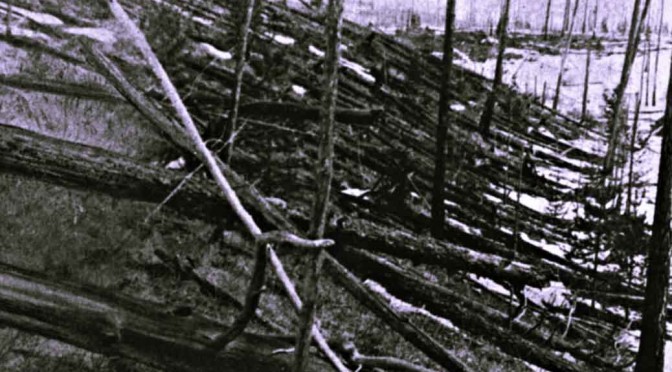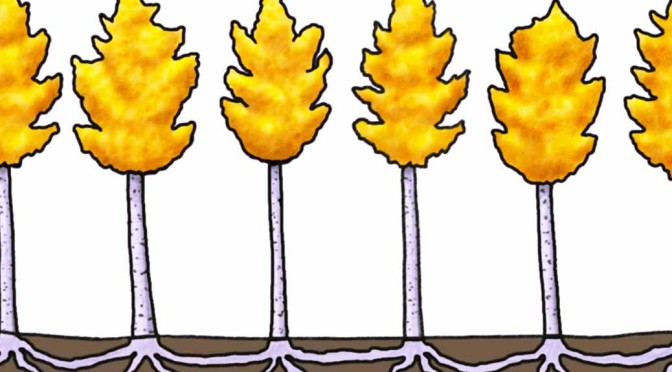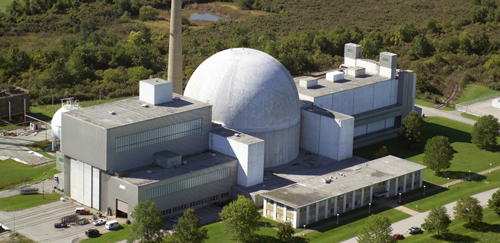By Anupum Pant
On November 6th 1892, after being spotted by a British astronomer Edwin Holmes, comet Holmes was not seen again for several decades. Thus it came to be known as the lost comet. Out of the blue, more than 70 years later, the comet was again seen in the year 1964.
Now it is known that comet Holmes was captured by Jupiter several thousand years ago, and it never went back to the Kuiper belt. It is a Jupiter family comet. Every 6.88 years, the comet orbits the sun.
Even this year, on 27th of March, it was one of the most bright comets of the year. But it was something that happened back in the year 2007 which made it one of the most popular comets in the sky.
For a brief period, comet Holmes, which is also a part of our solar system, became the largest object in the solar system. Yes, even larger than the sun!
On November 9th 2007, the diameter of comet’s coma – a cloudy region surrounding the comet made up of very tiny shiny ice and dust particles – measured about 1.4 million km. The sun’s diameter rounded to the nearest hundred is estimated to be 1.392 million km. Agreed the coma wasn’t as massive as the sun, but the size of it did measure slightly more than the sun at that time.
It indeed is a great achievement to become the largest object in the solar system (for some time) for an object that is just a tiny mass of ice and dust that is only about 3.6 km wide.
That day, the cloud around it erupted due to a mysterious outburst which still puzzles scientists. Such outbursts have been seen in the past too and are thought to have been originated as a result of its collision with a meteor (or probably due to an internal steam eruption).
via [space]







